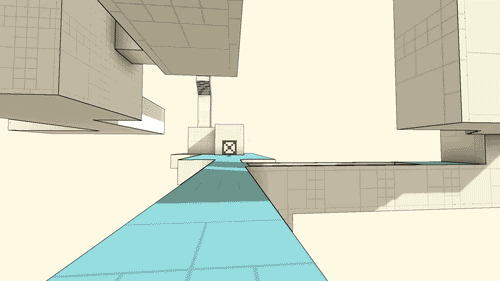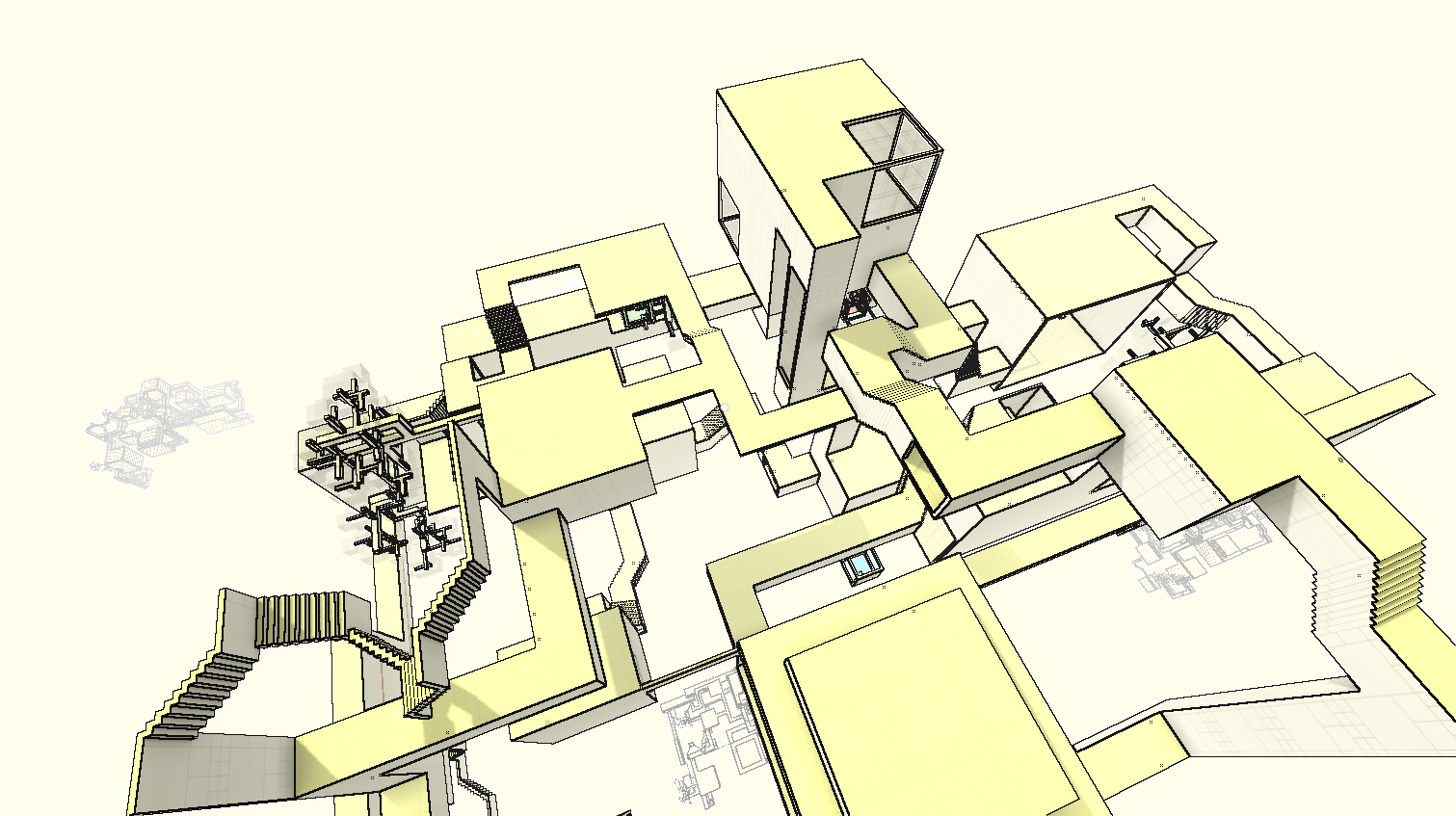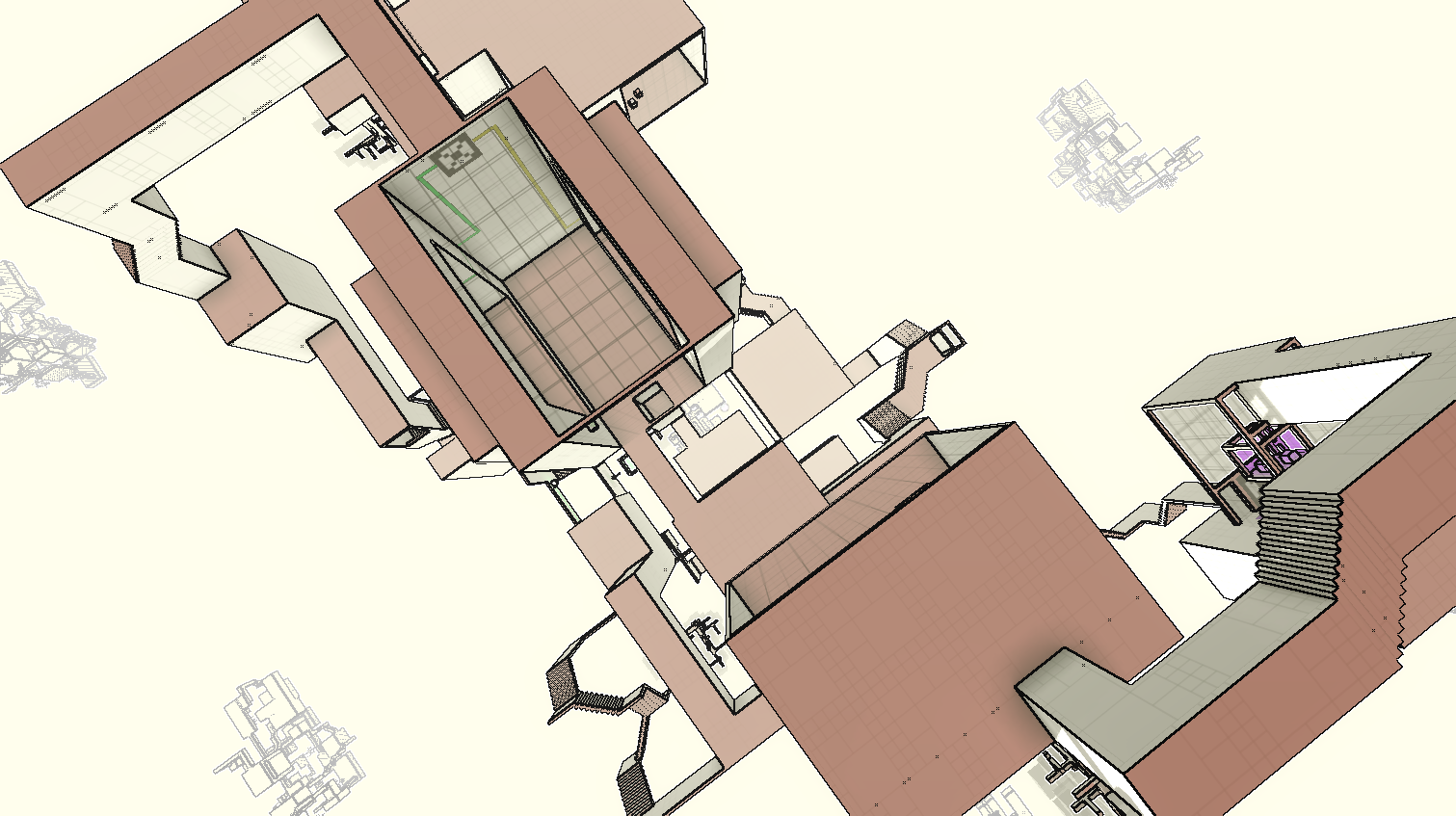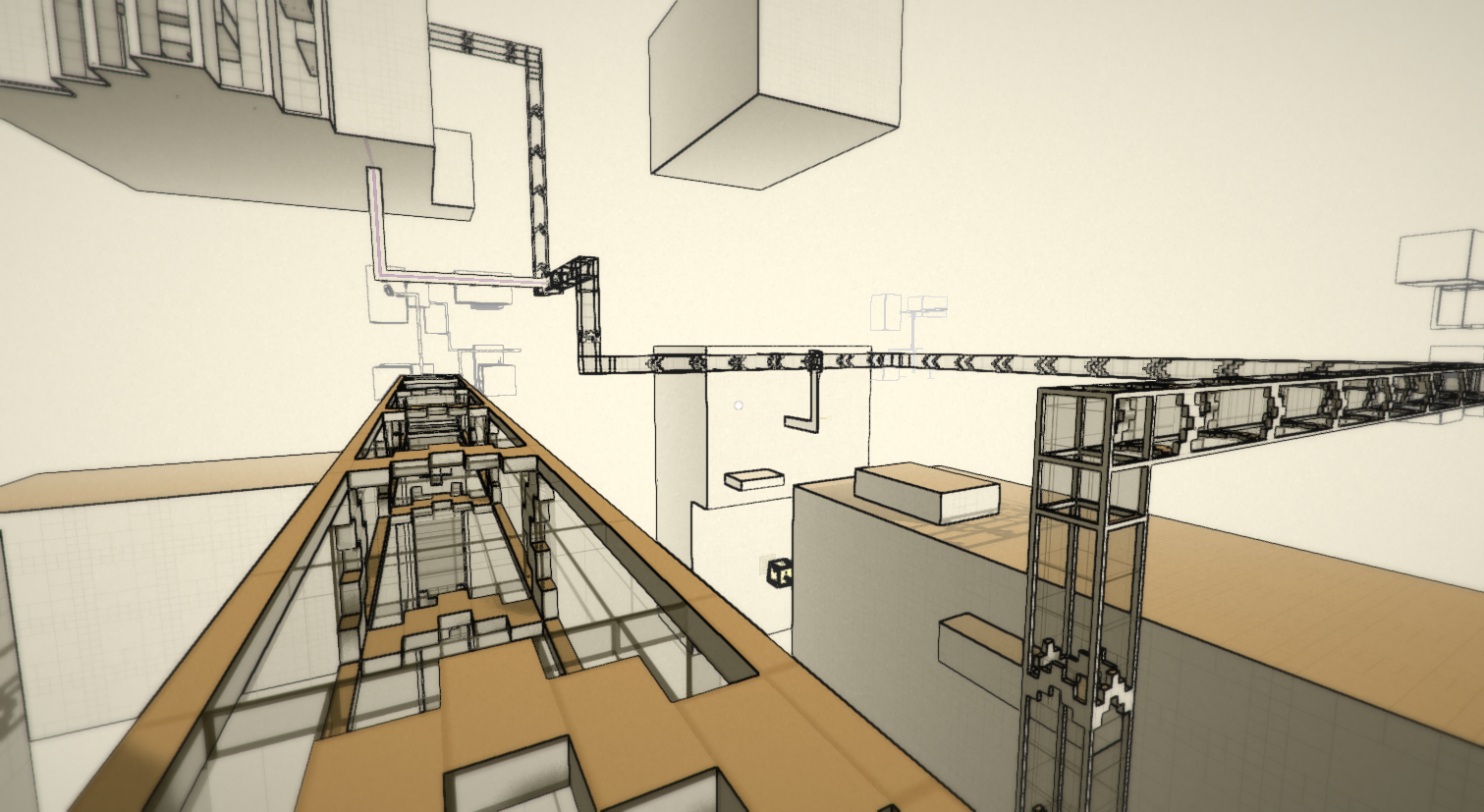Hey all!
This a long overdue update. Some of you have been wondering if the project is dead. It's not! Far from it.
I've just been really busy these last few months, and have fallen behind with updating this page. I really like IndieDB, but formatting each post can be a bit tedious.
If you're interested in staying up-to-date with the project and seeing new screenshots on a more regular basis, I encourage you to follow me on twitter: @willychyr. It's a lot easier for me to share stuff over there.
Conventions
After the last update here, I showed Relativity at PAX East as part of the Indie MEGABOOTH. I was in the Indie MINIBOOTH area, and the entire experience was very positive. I got a lot of playtesters and received some really great feedback.
If you're interested in what it's like to show at PAX East, I wrote up a blog post about my experience, which you can read here.
Then, earlier in June, I exhibited at Indy PopCon in Indianapolis. This was a much smaller convention than PAX East, and also wasn't specifically focused on video games. There was some new and interesting insight from this, which I've written about here.
Sky
One feedback I've gotten from a lot of developers I've shown the game to, especially with regards to Relativity's visual style, is that the sky is too empty.
A large part of this has been due to the game's mechanic. Because you can rotate onto different surfaces, and orientate yourself along any of the 3 main axes, there is no limit in terms of locomotion. In other words, pretty much everything that you can see, you can get to.
For me, in designing the game, I really want to embrace this. I've always hated games that prevent you from going somewhere by using invisible walls, or respawning you somewhere else when you step outside of the bounds. For example, in Bioshock Infinite, they've created a beautiful world, but you cannot stray from the path the designers intended you to go on. Everytime you try to do that, they've placed all thess invisible colliders to stop you. To me, this really irks me as it takes me out of the experience, and makes it not immersive at all.
So in Relativity, I wanted it to be such that, anything the player can see, the player can get to. This means that I can't really have a skybox showing mountains or other geometry in the distance, because either I would have to create all that geometry, in which case the game becomes too open, or I have to somehow prevent the player from getting there, which breaks the consistency of my logic.
Falling Off
Another design issue I had, once I made it so that the player could go outside and walk around in the exterior of the space, was, "What happens when the player falls off?"
Originally, I just made it so that if the player fell off, the screen would fade to black, and the player would respawn in the last place he was standing at.
You can see that here:

I implemented this mostly because that was how a lot of other games did it.
However, while watching Alexander Bruce's GDC Talk on the design of Antichamber, one thing really struck me. He talked about how he eliminated death because it made the experience non-immersive. He brings up the example of Portal, which goes to lengths to create an immersive experience, but then you get shot and die, and respawn at a previous checkpoint, which really breaks the immersion.
For me, an important design choice I've made has been to eliminate all unnecessary UI. In the game, there are no maps, no inventory, no splash screen, no loading scene. I've gone to lengths to create a entirely seamless world, so why am I now having the screen fade to black and have the player respawn? It just didn't make any sense.
Infinitely Repeating Space
I thought about this, and realized I could get around having to respawn the player by simply having the world wrap around itself. This way, if the player fell off, they would eventually just fall back on the world itself. This meant also that I would solve the issue of having a blank sky, because I would just have repetitions of the world in the sky, like the way things look when you stand between two mirrors.
This is what that looks like (it's sped up to make the fall faster for the gif):

There are of course some bugs, such as occasionally when you fall through the floor and into the room below:

Here are some more screenshots of the infinite repeating world from different directions:
Current Plan
At this point, the first 1.5 hours of the game is very well-polished as far as puzzle design is concerned. I've done a lot of playtesting for this area, and have iterated quite a bit. The order in which puzzles are introduced is pretty much finalized. There is still some work to be done with regards to pacing (such as having "nature" areas that are more open and relax to counter puzzle fatigue), and of course, sound and visual design. But most of that will come later in development.
I'm focusing now on some new mechanics. So instead of making small adjustments to puzzles, I'm building lots of new levels from scratch. I'm hoping to start regularly playtesting these puzzles soon, and to repeat the process of iteration and playtest until these puzzles are as good as the ones already in the game.
Here are some shots of the puzzles I'm working on:









How did you accomplish the repeating worlds?
Never mind I found your blog post. The solution is barely noticeable.
Glad you found it. I think there are still tricks I can use to make the transition even less noticeable, but I think it's more than sufficient for now.
That is such a great idea! I think it will look really cool visually as well, being able to see the exact same stage off in the distance.
It does look very cool visually. But only that, it has a practical purpose as well. I don't have a map in the game (I really wanted to minimize HUD), and some playtesters have pointed out that being able to see the same stage in the distance actually serves as a map in a way. You can get a pretty clear sense of how the world is laid out. This was completely unintended on my part.